This is one of about a dozen VistaVision motion picture cameras built in the mid 1950's for Paramount Studios by the Mitchell Camera Company.
At that time Paramount and the other Hollywood studios were competing in the “Widescreen Wars”, an attempt to fend off the encroaching new medium of television (and poach eyeballs from each other) by using large-format cameras and projectors to offer an ever more epic cinema experience.
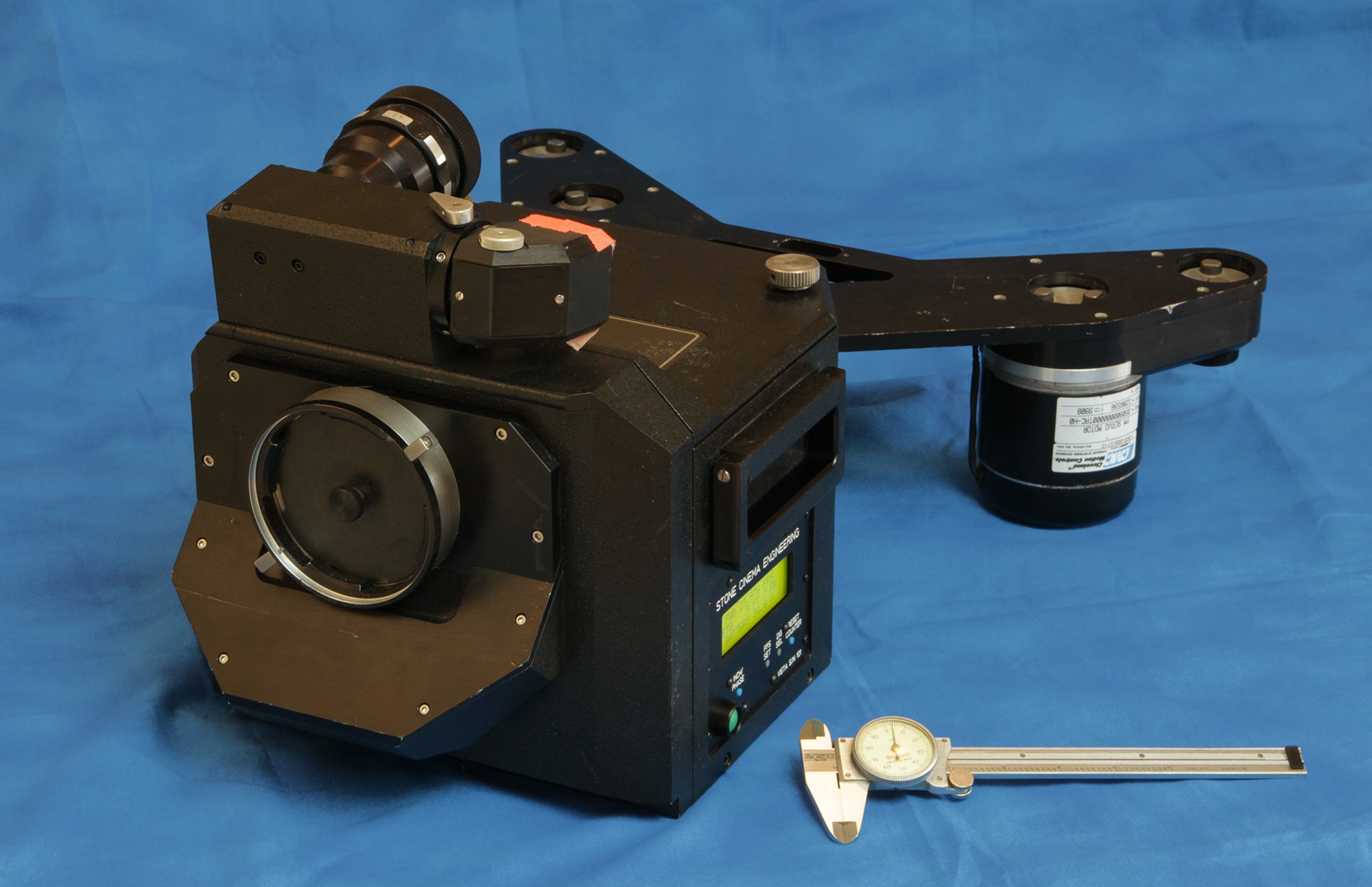
Gaze with wonder upon the beast that is one of these old cameras. Exposing a frame more than twice the size of a "regular" camera, it's more than two feet long and weighs in at 39 pounds - not including lens, film, magazine, battery or even the viewfinder. Imagine running around back in the day trying to shoot a Hollywood epic with with this bad boy.
Here's some technical info on the format:
http://www.widescreenmuseum.com/widescreen/wingvv2.htm
Although VistaVision had an advantage over the rival 65mm formats - it used normal filmstocks, lenses and processing machines - these weren't knockouts and it never got much traction outside of Paramount.
Still, there were many notable films shot in this format, Including the Ten Commandments, War and Peace, Vertigo, and North By Northwest. There's no documentation, but given the small number of Vista cameras, some of that footage was likely shot with this very machine.
https://en.wikipedia.org/wiki/List_of_VistaVision_films
But soon the advent of finer-grained film and good anamorphic lenses allowed crews to shoot widescreen films with normal 35mm cameras and the large formats faded from the scene with the last film shot in Vista in 1961.
But it wasn't dead yet.
With the surge of visual effects heavy films in the 80's, production companies found that VistaVision made a good acquisition format for VFX work. The large frames meant less grain, the spherical lenses did not have the optical distortion of anamorphic lenses and the FX unit could use the same film stocks that the main unit was using, making field logistics and color-matching easier.
Specialty optical companies such as ILM, Beaumont Camera, and Fries Engineering dug the old VistaVision cameras from deep in the back of storage rooms all over Hollywood and rebuilt them with 'modern' features, like reflex viewing.
This is one of those Fries conversions from the 80's. It started life as one of the lightweight “butterfly” models, a 'small' handheld version for action and inserts, coming in at a svelte 17lbs - without film.
Fries rehoused the film movement into a studio-style body and added a spinning mirror for reflex viewing (the original had a rangefinder). It worked on many visual effects films in the 90's
But one day it sputtered and coughed out the magic smoke and it would run no more. It sat on a shelf for several years till the owner asked me if I could get it running again.
When I got the camera it was electrically dead.
The original 1950's mechanism had weathered the 65 years since it rolled off the line just fine - these things were built like battle tanks - but the electronics were a different story.
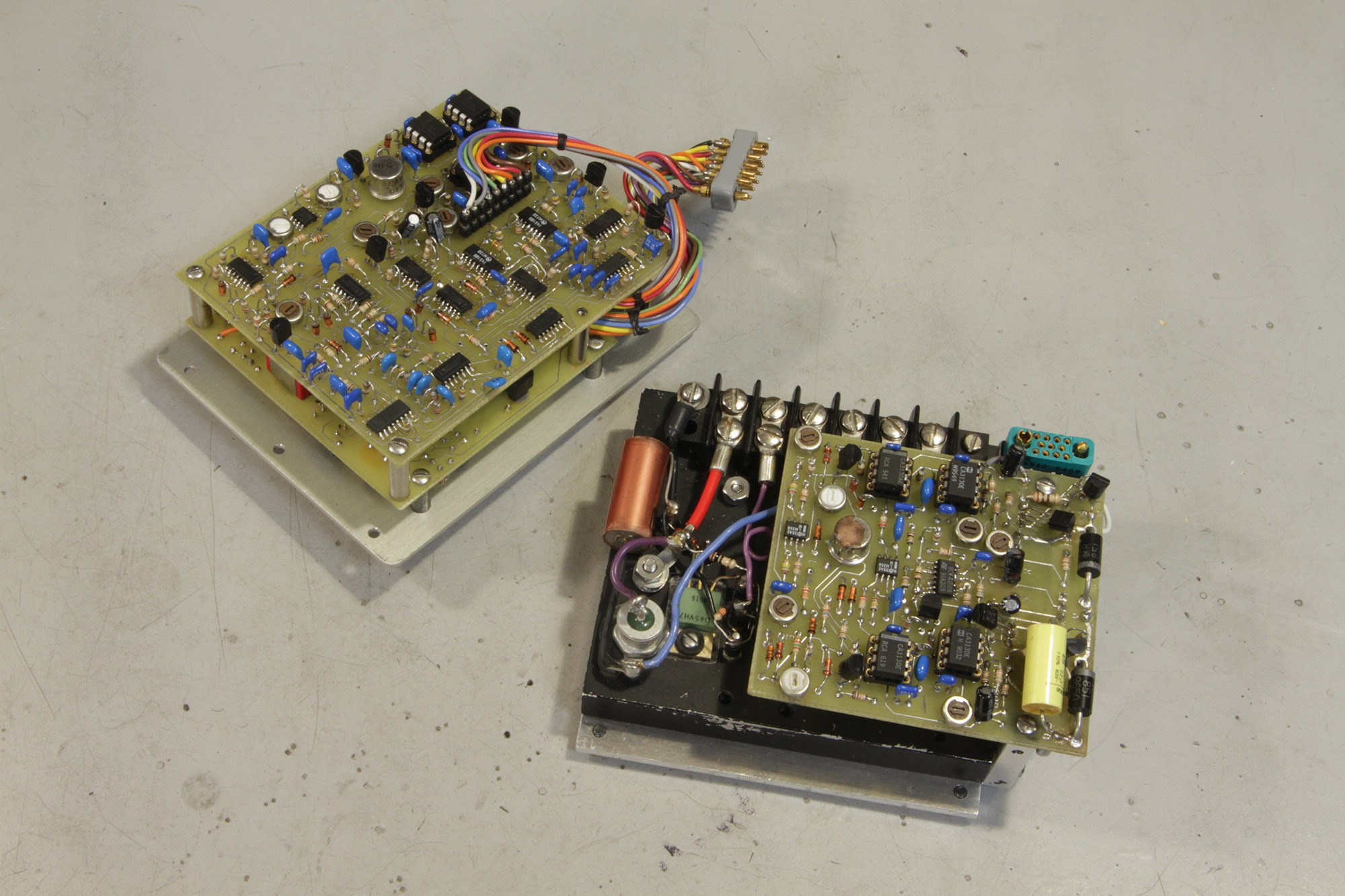
They date from the early 80's rebuild and were mostly analog, with functions spread out over many boards with a many individual adjustment pots (not a dig, that's just the way you did PLL's back in they day). It looks like the electronics went through a few generations of mods over the years - the camera serial number is RV101, so it may have been a Fries prototype. Also, this camera may have played a part in testing electronics for the IMAX cameras Fries developed about that time - they share a lot of features. But regardless, Fries closed up shop about 15 years ago, and there is absolutely no information available.
After about 30 minutes of tracing my way through the original circuits I realized that 1) something bad had happened in here, and 2) simply rebuilding it from the bottom up was the way forward.
I designed two new electronic...
Read more »
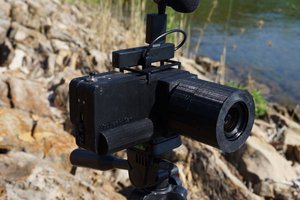
 Jacob David C Cunningham
Jacob David C Cunningham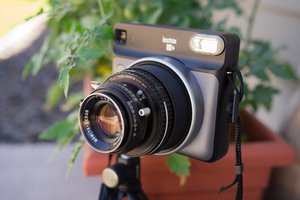
 Kevin Kadooka
Kevin Kadooka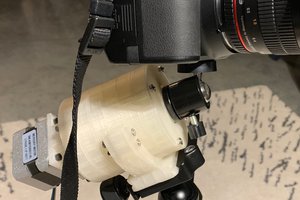
 Chris
Chris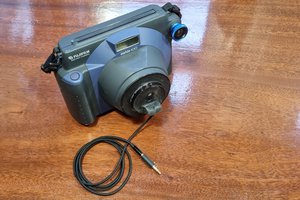
Impressive how the camera is so small given the horizontal pulldown the film went through, do you have pictures from the inside where the film loops and the magazines that stock was put into?